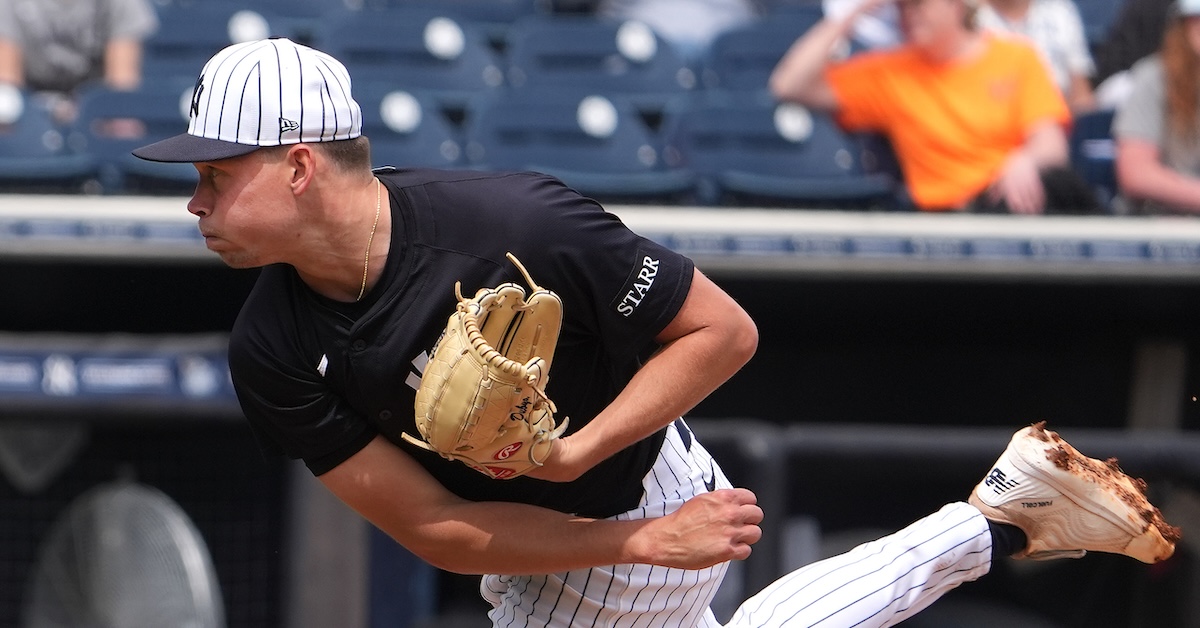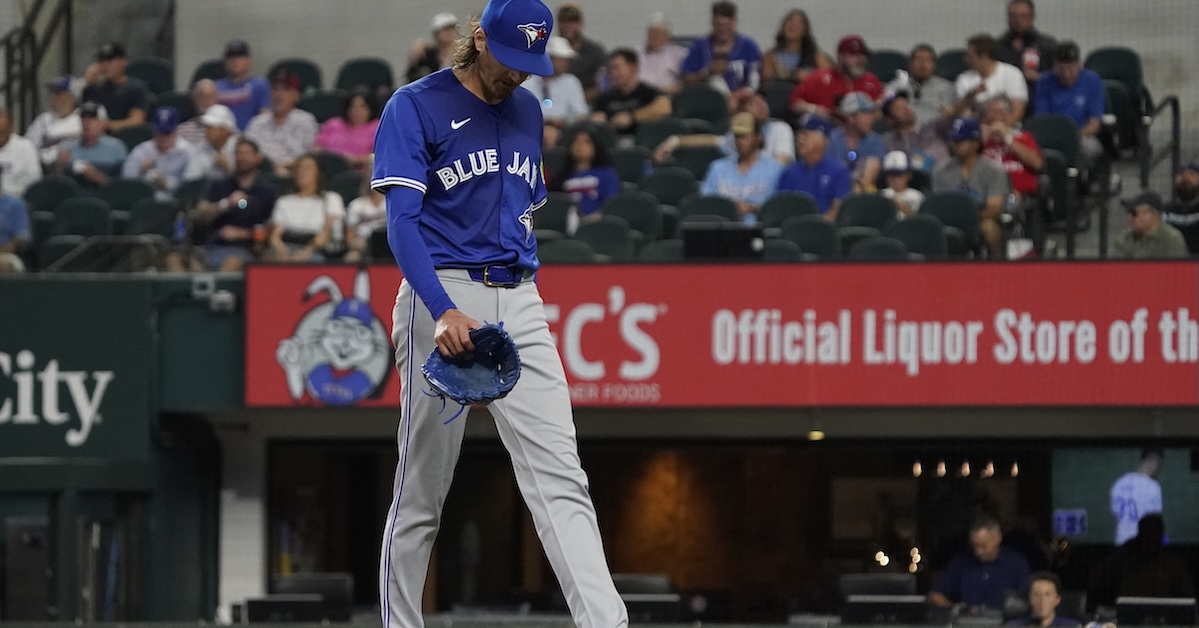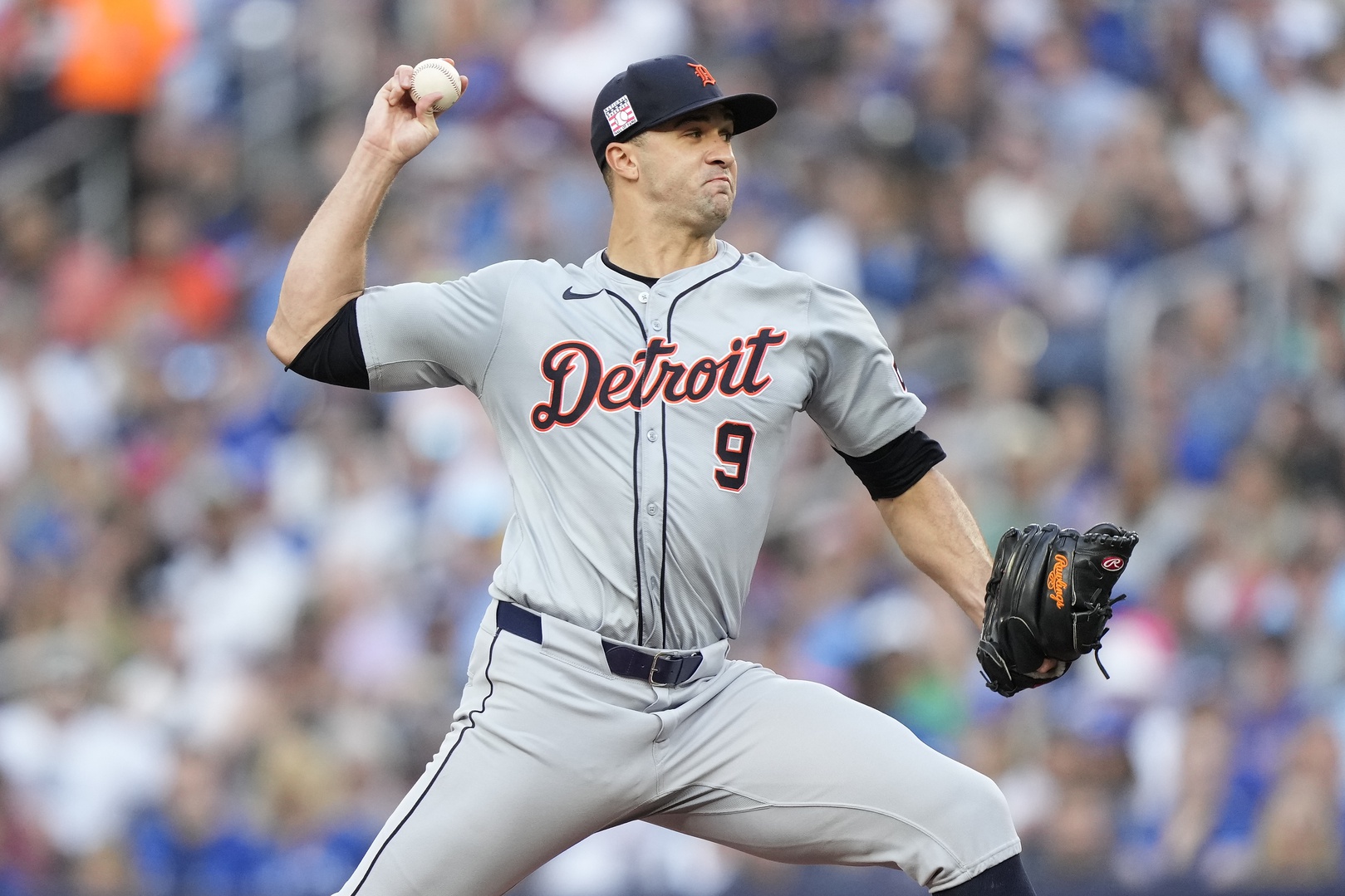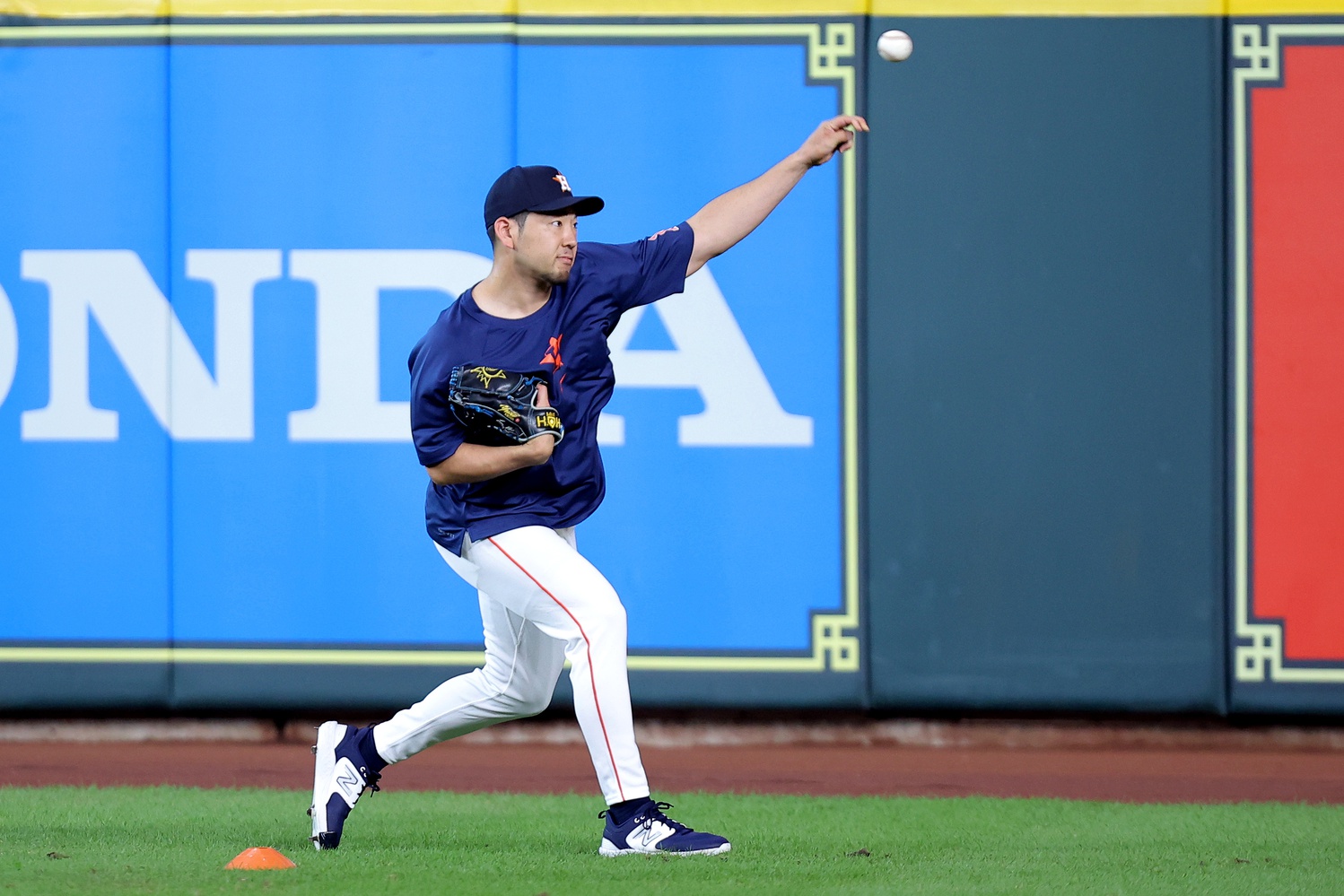The MLB trade deadline is just around the corner — don’t worry, the Ottoneu trade deadline isn’t until August 31 — and the search for useful pitching is never ending. Here are a handful of pitchers who are rostered in under 60% of all Ottoneu leagues who could be nice pickups if you’re looking for an option to fill in for an injured starter or looking for another bullpen piece.
Under-rostered Starters, July 2024
I wrote up Yariel Rodríguez at the start of the month and all he’s done since is add a couple more solid starts; he had an abbreviated four inning start against the Diamondbacks on July 12 in which he struck out seven and then struck out another six in a start yesterday against the Rays. Everything I said about him a few weeks ago still applies — I like the improvements he’s made to his strikeout-minus-walk rate but there are some workload concerns still present.
Ryne Nelson has put together a nice little stretch of starts in July; he’s allowed 10 runs in 30.1 innings while running a pretty good 15.4% strikeout-minus-walk rate. None of the pitches in his repertoire really standout from a stuff or results perspective. The biggest difference this month has been a greater reliance on his fastball, increasing its usage up to 63.8%. He’s also raised his release point by a little more than two inches which could be helping him generate a little more carry on his backspinning heater. Batters have had an absolutely terrible time trying to square up his four-seamer; they’ve produced just a .185 wOBA and a .228 xwOBA off the pitch in July and that’s a huge reason why his overall results have seen an improvement. It’s probably worth monitoring his next couple of starts to see if the release point change is really the underlying factor behind his improvement.
You probably shouldn’t go out of your way to try and roster Patrick Corbin, but if you’re truly desperate, there might be some value to be wrung out of the last vestiges of his career. Over his last seven starts dating back to June 13, he’s allowed 17 runs in 39.1 innings while running a 3.19 FIP. It’s not all smoke and mirrors either; his xFIP is a solid 3.67 and his strikeout-minus-walk rate is better than it’s been in years. The cause behind his sudden late-career renaissance? A new cutter that he debuted this year that’s suddenly become a major piece of his repertoire. He’s throwing it more than a quarter of the time in July and it’s returned a 37.5% whiff rate and a .102 xwOBA allowed. More importantly, it’s allowed him to reduce the usage of his absolutely atrocious sinker. Seven starts is just a blip when compared to the years of below replacement level production, but it’s possible Corbin has finally figured out a way to be successful with his diminished stuff.
Under-rostered Relievers, July 2024
| Player |
Team |
IP |
FIP |
K-BB% |
gmLI |
July Stuff+ |
Pts/IP |
Roster% |
| Dedniel Núñez |
NYM |
10 |
1.34 |
26.8% |
1.74 |
114 |
9.88 |
57.1% |
| José Buttó |
NYM |
10.2 |
3.33 |
21.6% |
1.70 |
99 |
7.77 |
54.9% |
| Josh Sborz |
TEX |
6.2 |
2.99 |
29.2% |
1.23 |
109 |
7.89 |
31.0% |
| Jacob Webb |
BAL |
7 |
1.72 |
24.0% |
1.20 |
105 |
9.80 |
12.2% |
I also wrote up Dedniel Núñez about a month ago and he’s only solidified his place as a high-leverage option in the Mets bullpen. After a stint in the rotation followed by a demotion to Triple-A, José Buttó has joined Núñez in New York’s relief corps this month. They were desperate for any help they could get, so converting Buttó from a starter to more of a fireman role in their bullpen seemed like a good idea. With Núñez and Edwin Díaz covering the eighth and ninth innings, respectively, Buttó has been largely deployed as a bridge to get to those two relievers in the sixth and seventh innings. So far, it’s worked out. He’s allowed a single run this month and has collected a save and two holds while working multiple innings in five of his six appearances.
Josh Sborz returned from a shoulder injury at the beginning of the month and has slotted right back into the high-leverage mix for the Rangers. He’s collected a hold in three of his five outings and he lasted two innings in two of those appearances. He hasn’t allowed a walk since coming off the IL and has struck out seven.
Jacob Webb has slowly climbed the pecking order in the Orioles bullpen, helped by an injury to Danny Coulombe. He’s been a solid reliever all year long but he’s been particularly effective this month. With Baltimore in the middle of a tough fight for the AL East division lead, I’d expect the O’s to acquire some bullpen help ahead of the trade deadline. Webb has a high-leverage role carved out right now, but that could quickly change over the next few days depending on how they approach the deadline.






